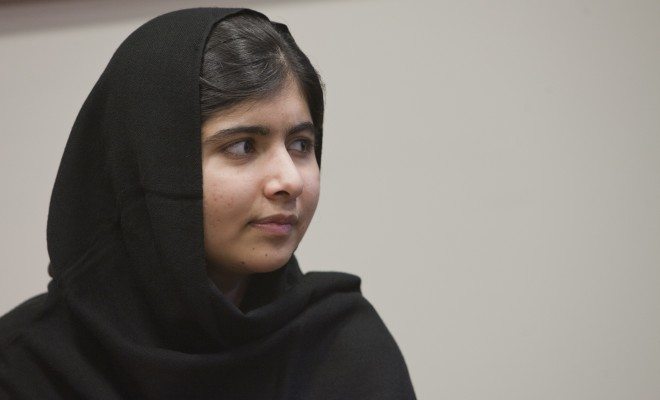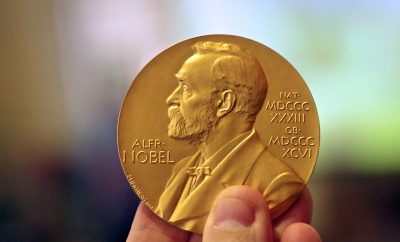 Image courtesy of [Simone D. McCourtie / World Bank via Flickr]
Image courtesy of [Simone D. McCourtie / World Bank via Flickr]
Society and Culture
The Gender Gap is Everywhere: Disparity in Nobel Prize Winners
Last week, I talked about the gender gap as it appears in Hollywood’s hiring practices. This week, gender bias has reared its ugly head once more–with the Nobel Prize.
In a recently released analysis by Fortune, it is disturbing–though not all that surprising–to see that when it comes to the highest honor a person can receive in their field, most of the honorees are men.
The Nobel Prize was first awarded in 1901, and for those that don’t want to do the math, that was 114 years ago. In that time, we have had some truly remarkable female laureates. Malala Yousafzai is the youngest winner in history; at just 17 she received the Nobel Peace Prize for her work against the suppression of education. Marie Curie was one of the few people who won the prize twice, in physics and then in chemistry, for her breakthroughs in the world of science. Yes, women have contributed quite a bit to humanity, and have sometimes been recognized for it. But the numbers, as always, don’t lie. Since 1901, men have won the prize 825 times, and women have won just 49 times.

Out of all the Nobel Prizes awarded to individuals, only 5.6 percent of them went to women.
According to Fortune’s analysis, the category with the most female winners is Literature; 12.5 percent of the winners were women. The category with the fewest women is Physics, with a whopping 1 percent. While those numbers seem disappointingly low, Fortune calls it “drastic improvement,” if only because the number of female laureates has gone up from four in the prize’s first two decades to 49 in 2015.
I’m going to have to disagree with Fortune on this one.
“Drastic” literally means extreme or radical. It should not be considered “drastic” for one gender to still have such a small representation in one of the highest honors in the world. Now, we don’t want Nobel Prizes going to people just because there is a gender gap that needs filling, but once again, the gap is just too big to be explained away by “maybe men are just better at [insert category here]”.
It isn’t necessarily the Nobel Prize committees’ fault, though. The pool of female candidates in certain categories, especially physics, chemistry, medicine, and economics, is relatively small. So, that 1 percent of women who have won in physics seems a lot bigger when you realize that the entire field of physics only has a relatively small percentage of women associated with it in the first place. So, it isn’t the prize’s fault, but what these numbers highlight is a greater need for women in all fields, especially the sciences. And when there aren’t a lot of female role models for potential scientists to look up to, increasing that percentage is going to be difficult.
So what do we do? We encourage. We tell young girls and women that they can be anything they want to be, whether that means a housewife, musician, actress, physicist, or doctor. Women already in scientific fields can stand up and be role models for those just starting out in those careers. Only then will the percentage of female candidates increase, as well as the number of female Nobel laureates.








Comments